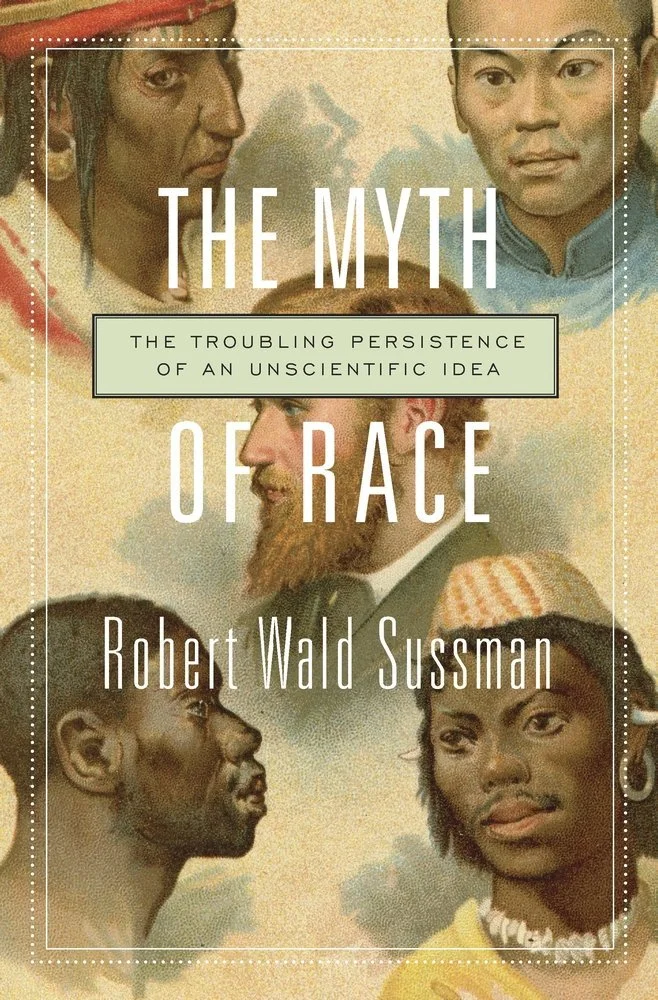Chloé x ERES Summer 2023 Capsule Hugs ERES Castor Oil Based Peau Douce Fabric
/Chloé’s Gabriela Hearst has two earth-friendly collaborations in play this summer. In this post, AOC focuses on the Chloé x Eres Summer 2023 Collection.
These images were shot by Leigh Johnson [IG] at Tenerife, Canary Islands. Models include Athena Wilson, Giedre Dukaiskaite and Mercy [Pophouse].
Creative Director Gabriela Hearst sought to create swimwear with the highest savoir-faire and instinctively chose to collaborate with Eres and the brand’s Creative Director Marie-Paule Minchelli.
When my new IA assistant Lulu spit out “Crafted with innovative second skin material Peau Douce from castor oil-based polyamide, Peau Douce boasts elasticity, resistance, shape retention and comfort characteristics for maximum summer fun,” my reaction was a big wow!
Note that I prompted Lulu to address the sustainability of Peau Douce, because I was skeptical.
Castor oil, which is obtained from a plant that is not used as human or animal food, was first marketed in 2009 as an alternative to petroleum-based fabrics.
Read MoreMassimo Dutti's 'Sul Mare' Getaway Clothes Are Using More Planet-Loving Fabrics
/Massimo Dutti shares its summer getaway collection “Sul Mare” with a focus on surface interest fabrics like raffia and crochet and angular cuts. The sophisticated collection modeled by Nikki McGuire is heavy with a rough elegance vibe through its use of natural fabrics including linen.
Styled by Delphine Danhier, the collection is photographed by Misha Taylor [IG], who captures the watery tie-dye prints and classic stripes.
Focus on Linen
Linen is both linen as we know it [which is better than most fabrics] but also 100% European grown linen. This linen is grown without artificial watering and no GMO seeds and defoliants are used. It is produced in Western Europe and complies with the EUROPEAN FLAX® standard of the European Confederation of Flax and Hemp (CELC). Also this item is made in Portugal.
Calling Out Ramie
Massimo Dutti is also using ramie, an eco friendly fabric and the highly sustainable fiber, that is airy and beautiful. Ramie is made from the stalks of flowers and plants and is a chic vegan silk alternative or very lightweight linen which is lighter and airier, while obviously tailoring well.
Actually, I just did a ramie search on MD, and all these items are made with the fiber. It appears that most or all of the Massimo Dutti ramie products are also made in Portugal, which has a better chance of eco-friendly dye processes and positive worker welfare.
Read MoreLiu Wen Fronts New Gucci Bamboo 1947 Handbag, Lensed by David Sims
/In a new Spring 2023 campaign, Gucci celebrates the enduring style of its iconic Bamboo 1947 handbag. Supermodel Liu Wen is centerstage in images and video lensed by David Sims, with creative direction from Ezra Petronio & Lana Petrusevych./ Hair by Paul Hanlon; makeup by Thomas De Kluyver
The Gucci Bamboo 1947 handbag, originally known by its product number 0633, has a rich history that dates back to post-war Italy. In 1947, Europe was still recovering from the aftermath of World War II, and resources were scarce. Leather, a primary material used in fashion at the time, was in short supply, forcing designers to find alternative materials for their creations.
Read MoreMANGO's Visions of Summer Collection 2022 with Mona Tougaard Sustainability Review
/Top model Mona Tougaard appears in fashion brand MANGO’s ‘Visions of Summer | Natural Echoes take over the Season’ collection. Maria Alvarez and Aritz Iriarte Aguinaga styled the largely fluid and sheer silhouettes with earth-inspired textures, sensual details and increasing amounts of sustainable materials.
Read MoreStella McCartney's Spring 2022 Collection Inspires a World of Fungi Research
/Stella McCartney's Spring 2022 Collection Inspires a World of Fungi Research AOC Muse
Designer Stella McCartney’s Spring 2022 fashion show was inspired by mushrooms. Quite frankly, life on Anne of Carversville has not been the same since I watched on Netflix the 2019 ‘Fantastic Fungi’ documentary that prompted McCartney’s deep dive into the world of mushrooms.
Mushrooms are the visible part of an organism called mycelium, and they are not plants, even though they have a plantlike form. Even more important, until recently, fungi have been part of the botanist’s domain, and they were classified — incorrectly — as plants, writes the American Society For Microbiology in an article Three Reasons Fungi Are Not Plants.
Fungi and Africans: Both Misclassified and Misunderstood by Carl Linnaeus
Fungi were classified as plants for centuries due to an axiom attributed to Carl Linnaeus: “Plants grow and live; Animals grow, live and feel.”
Linnaeus’ delineation of plant activity seems inadequate and overly simplistic, given scientific research on the way in which plants experience sentient activity. We know that plants sense danger and then communicate their information to other plants, seeming to contradict Linnaeus’ assertions around plant life. NOT knowing his connection to racial categorization — I muttered to myself “Oh, right. In the same way some white dudes classified people of color as lesser-quality humans, they managed to ignore the profound distinctive attributes of fungi and mushrooms by calling them plants.”
Eureka! Linnaeus was deeply involved in the science of racial categorization. Rather than taking a sharp right turn in this post, AOC will stay with the fact that fungi can’t produce oxygen via photosynthesis, a core attribute of the plant kingdom.
It’s interesting when fashion, mushrooms and the civil rights movement come together in a single, cohesive thought pattern. Then again, the world of fungi is so primordial and pervasive in our biosphere that mycelium — the network of fungal threads or hyphae that produces the mushrooms we eat — strikes us as the very root of existence.
Stella McCartney is leading the way in working on the development of luxury leather made from mushrooms. The designer wants all of us to become curious about mushrooms, and I am now her dedicated disciple at AOC.
Jute Rugs and Biophilic Design: Why Natural Fibers May Create Brain Bliss
/Jute Rugs and Biophilic Design: Why Natural Fibers May Create Brain Bliss
6 Reasons Why Interior Designers Vouch For Jute Rugs | AOC Agrees
Almost every interior decorator is raving about jute rugs, and there must be a reason behind it. It’s as if something ancestral — almost primal — happens when we talk on jute rugs, and especially in bare feet.
Working on a recent AOC post Raffia: AOC Launches Earth-Friendly Fibers Sustainable Inquiry in Fashion and Design, we came across the same concept twice in a couple hours: “biophilic design”. Fast Company summed up the concept this way:
Biophilic design dates back to the early 1980s, when the biologist Edward O. Wilson outlined his philosophy of biophilia, hypothesizing that humans have an innate, biological affinity for the natural world. Biophilic design takes this idea one step further: Because humans today spend 90% of our time indoors, according to the 2001 National Human Activity Pattern Survey, it’s necessary to bring the outdoors in and create indoor environments that reference nature in both obvious and subtle ways.
As a reminder, modern humans may be awash in a sea of plastic, but 99% of human life has been lived in concert with nature. Biophilic design assumes that core aspects of nature have contributed to our health and wellbeing, and this connection can be scientifically measured.







